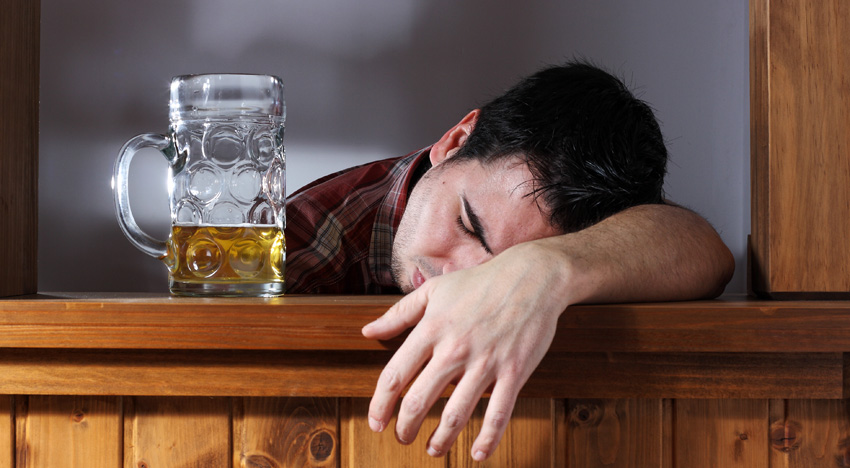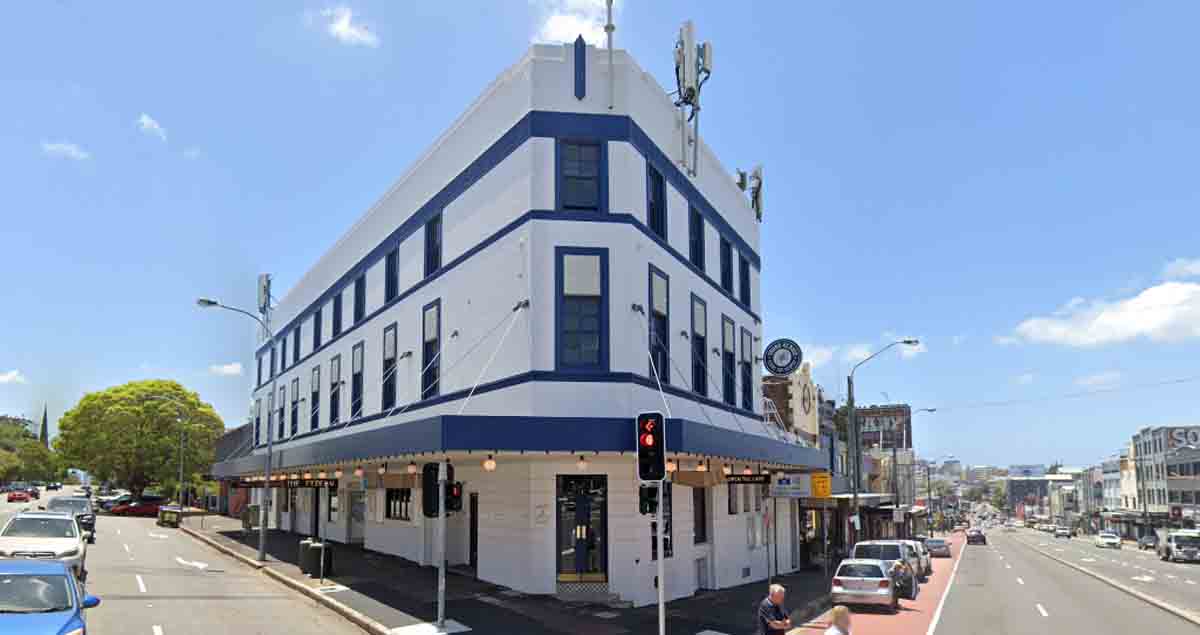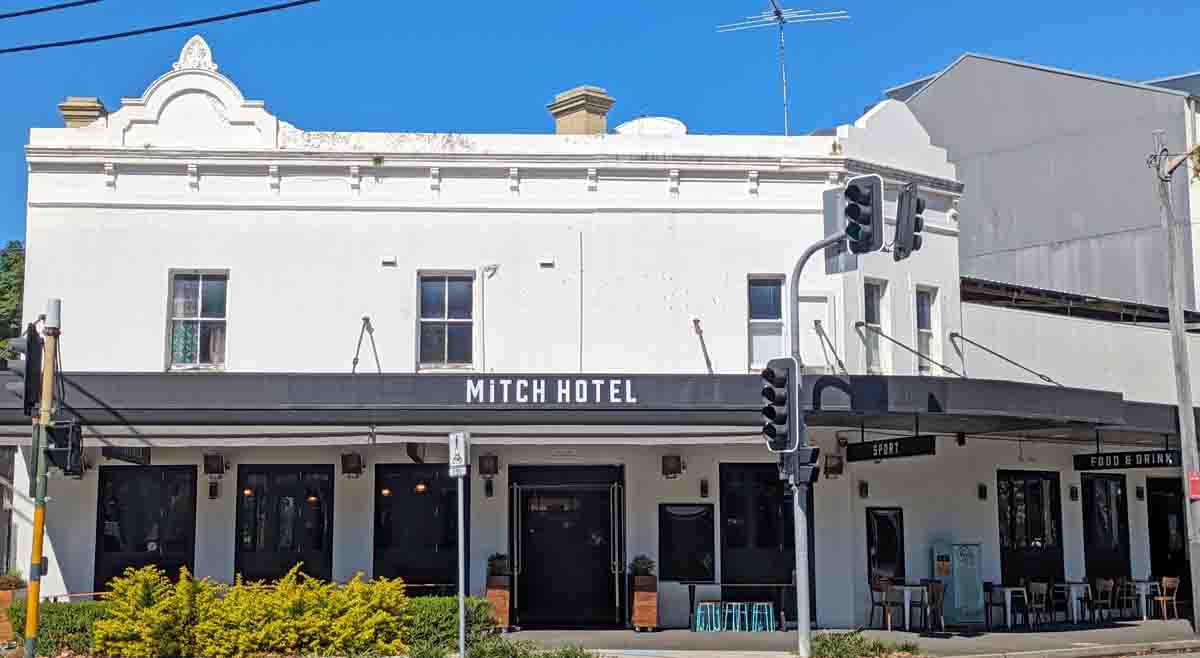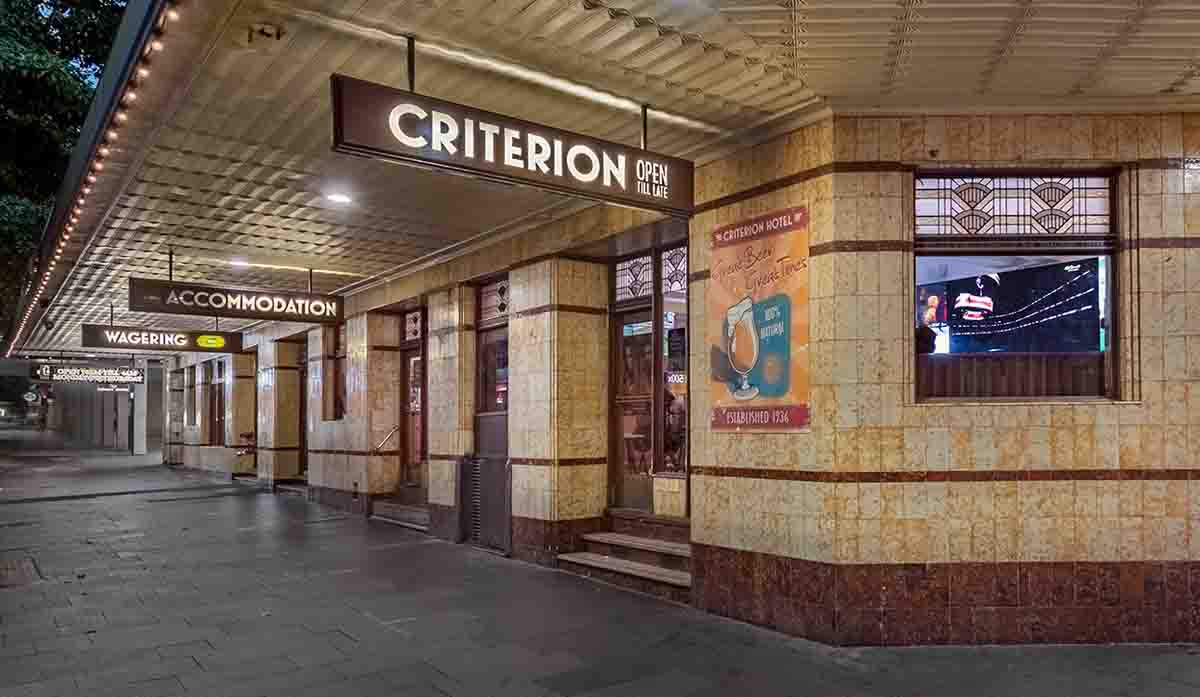Australia’s tightening focus on social harms related to drug and alcohol use are forcing stricter controls that rely on unqualified workers to make what is almost a medical diagnosis.
When it comes to assessing the level of ‘intoxication’ of an individual, the increasingly stringent attention to the subject has bred textbook definitions that appear to make determining the right and wrong course of action straightforward.
What’s more, the punitive measures held over venues and staff motivate them to stay vigilant to the possibility of someone being deemed ‘intoxicated’ by a visiting authority or inspector, potentially even to their own peril.
NSW Department of Justice Deputy Secretary, Liquor, Gaming and Emergency Management, Paul Newson said, “Staff should be encouraged to observe patrons and exercise judgement to refuse service where they have formed a view that a person is irresponsibly or excessively consuming alcohol”.
It is well understood that Government is committed to reducing alcohol-related harm, which is why preventing patrons from serious intoxication gave rise to the Responsible Service of Alcohol initiative in all Australian states.
However, the diligence put to the idea can have unintended consequences, as there are quite a number of things that can mimic the signs of intoxication, including illicit drugs, which are noticeably under-regarded in the issue of violence and harm.
Speaking with PubTIC, Jason Thomas from compliance specialist AusComply says the government and regulations ask staff and security to make what is essentially a complex assessment, often too fast.
“Police will often observe a patron for up to 20 minutes before they issue a breach for permit intox,” says Thomas. “It can be quite a subjective diagnosis.
“In terms of things that can affect sobriety, the first is hydration, then glucose levels. If a person has a couple of drinks after not eating or drinking any water, they can feel the effects of intoxication much quicker, however after some water and food may return to ‘normal’ very quickly. Even the same person on different days can tolerate different amounts of alcohol.
“The problem with the legislation as it is, people get angry because they are kicked out from a venue when they know they are OK, because the venue is scared of being seen to do the wrong thing.”
The NSW DOJ reports that a person has the right to take an instance of refusal of service to the Anti-Discrimination Board if they feel it was due to race, sex or disability.
Thomas warns that as well as hydration and blood sugar, there are some diseases and disabilities that can present similar symptoms to intoxication. These include diabetes, high blood pressure, low blood pressure, mild strokes and numerous other mild ailments.
While the law is clear about it being an offence for a venue to “permit intoxication or sell or supply liquor to an intoxicated person” there is still some scope for personal judgement. Assessment is still quite subjective.
“If someone comes into a bar already showing signs, there is no security and they approach the bar and are denied service – you’ve done nothing wrong. The offence is ‘permit intox’ – it is not an offence to be on the premises; so long as you don’t serve them, you haven’t permitted it.
“You’ll do a much better job managing someone that is intoxicated in the venue than you can once they leave the premises.”
Penalties for a venue and staff can involve on-the-spot fines or hefty Court fines, as well as potential regulatory and enforcement action from authorities or police, which can mean licence conditions, disciplinary proceedings and even venue closure orders.
The conventional warning signs of alcohol intoxication – most of which apply equally or greater to a number of recreational drugs:
- Speech: slurring / rambling / incoherent
- Balance & coordination: swaying / difficulty walking straight / bumping into things / fumbling change
- Behaviour & attitude: aggression / volume / lack of social cues or inhibition / drowsiness / vomiting
Last week the new ‘risk-based’ licensing scheme was announced for NSW, where a breach of permit intoxication could see a hotel’s annual licence fee go from $520 to $13,520.








Great article .
The other compounding problem is the Secretary’s Guidelines to Prevent Intoxication and the limited available defense under the Act. You must slavishly follow all of the “steps” set out in the Guidelines, otherwise you cannot rely on this defence. Miss one step, then no defence.
The Guidelines require you to turf the person out onto the street, regardless of their condition or vulnerability. How is that being “responsible” ?
Leave aside the complex law behind a publican’s duty of care, what about the ordinary principles of common decency and care for others as human beings?
If you were the father of a daughter, how would you feel about turfing a lone young female out onto the streets, just to follow the Guidelines.
They really ought to be reviewed, but this time by someone with a modicum of common sense.